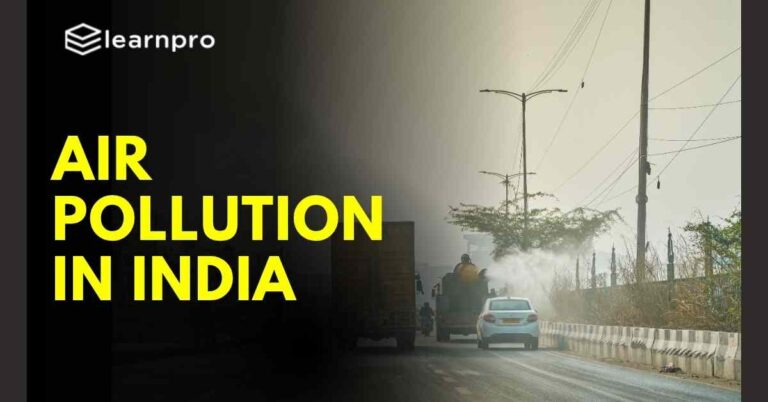October 25, 2025 12:35 am
Subject: Environment, geography
Section: Environmental Legislation, Human geography
Topic: Mankidia Community and Forest Rights
On September 22, 2024, the Mankidia community was officially granted habitat rights under the Forest Rights Act (FRA), 2006. This milestone ensures that the Mankidia, a semi-nomadic and forest-dependent tribe classified as a Particularly Vulnerable Tribal Group (PVTG), can now access and use forest lands without legal obstacles.

Context of the Forest Rights Act (FRA)
The Forest Rights Act, 2006, is a landmark law in India aimed at recognizing and vesting rights over forest lands to tribal and forest-dependent communities. The act is particularly crucial for the protection of the traditional and cultural practices of these communities, which have historically faced restrictions.
Key Features of the FRA
- Recognition of Rights: The act ensures that forest-dwelling communities have the right to manage, protect, and conserve forest resources.
- Community Tenure Rights: A pivotal feature for PVTGs, allowing pre-agricultural communities to maintain their traditional ways of life.
Significance of Habitat Rights for the Mankidia
Granting habitat rights to the Mankidia tribe holds immense cultural and social importance:
- Preservation of Traditional Practices: The Mankidia can continue their cultural activities, such as rope-making and hunting, without facing legal barriers.
- Protection of Customary Areas: The habitat rights safeguard their traditional forest territories, including reserved and protected forests, ensuring sustainable use of resources.
Implementation of FRA in Odisha
Odisha stands out as a frontrunner in implementing the FRA and granting habitat rights to PVTGs. The state has successfully recognized the rights of several communities:
- March 2024: The Paudi Bhuyan tribe received habitat rights in Deogarh district.
- Other Recognized Communities:
- Juang (Keonjhar and Jajpur districts)
- Saora (Gajapati district)
- Chuktia Bhunjia (Nuapada)
- Hill Khadia (Mayurbhanj)
- Odisha is now the leading state in India, having granted habitat rights to six PVTGs.
Comparison with Other States
- Chhattisgarh: Granted habitat rights to two PVTGs (Kamar and Baiga).
- Madhya Pradesh: Recognized habitat rights for the Baiga tribe.
- Maharashtra: Extended these rights to the Maria Gond community.
Odisha, home to 13 PVTGs (the highest in India), continues to lead with 1,683 villages across 14 districts and a PVTG population of over 770,000.
The Mankidia Community: Cultural and Social Insights
The Mankidia, a part of the Birhor tribe, are known for their:
- Semi-Nomadic Lifestyle: Living in temporary settlements called “Kumbhas.”
- Rope-Making Skills: Expert in crafting ropes from Siali fiber and assisting local farmers by capturing crop-damaging monkeys.
- Language: Primarily speak a dialect belonging to the Munda family, although many are also proficient in Odia.
Understanding Particularly Vulnerable Tribal Groups (PVTGs)
PVTGs are a subset of Scheduled Tribes recognized for their unique vulnerabilities. They are characterized by:
- Primitive Technology: Limited access to modern technology.
- Low Literacy Levels: High illiteracy and limited educational opportunities.
- Isolated Habitations: Residing in remote areas, often cut off from mainstream society.
- Economic Backwardness: Relying on traditional livelihoods for survival.
Identification and Classification
- Initial Identification (1975): 52 tribes were classified as PVTGs, later expanded to 75 tribes across 18 states and 1 Union Territory (Andaman and Nicobar Islands).
- Criteria for Identification:
- Pre-agricultural level of technology
- Low population growth
- Low literacy rates
- Economic backwardness
PVTGs Across India
- Odisha: Mankidia, Juang, Paudi Bhuyan, Dongria Kondh, Chuktia Bhunjia, Hill Khadia
- Andhra Pradesh: Chenchu, Kolam, Khond PVTGs
- Jharkhand: Birhor, Asur, Mal Paharia
- Madhya Pradesh: Baiga, Saharia
- Chhattisgarh: Kamar, Baiga
- Maharashtra: Maria Gond, Katkari
- Andaman & Nicobar Islands: Great Andamanese, Onge, Jarwa, Sentinelese
Prelims Questions
- Which of the following statements regarding the Forest Rights Act (FRA), 2006, is/are correct?
- The FRA provides for the right to community tenure specifically for PVTGs.
- Odisha has the highest number of PVTGs among Indian states.
- (a) 1 only
- (b) 2 only
- (c) Both 1 and 2
- (d) Neither 1 nor 2
Explanation: The FRA grants community tenure rights to PVTGs, and Odisha has the highest number of PVTGs in India. - Consider the following tribes:
- Kamar
- Baiga
- Maria Gond
- Dongria Kondh
- (a) 1, 2, and 3 only
- (b) 2, 3, and 4 only
- (c) 1, 2, and 4 only
- (d) All of the above
Explanation: Kamar, Baiga, Maria Gond, and Dongria Kondh are all classified as PVTGs.
Mains Question
Discuss the significance of granting habitat rights under the Forest Rights Act (FRA), 2006, to the Mankidia community in Odisha. How does this impact their traditional way of life and ensure environmental conservation?
Answer Framework:
- Introduction: Explain the Forest Rights Act, 2006, and its importance in protecting tribal communities.
- Significance of Habitat Rights:
- Cultural Preservation: Allows the Mankidia to continue traditional practices like rope-making and forest-based livelihoods.
- Legal Protection: Safeguards their access to forest resources, reducing conflicts and ensuring sustainable forest use.
- Impact on Environmental Conservation:
- Community-Based Management: Tribal knowledge contributes to better forest conservation.
- Sustainability: Traditional practices are often eco-friendly, supporting biodiversity.
- Challenges and Way Forward:
- Implementation Issues: Address bureaucratic hurdles and ensure proper monitoring.
- Inclusive Development: Integrate development schemes with tribal welfare to uplift these communities.
Explanation:
- Cultural and Environmental Balance: Habitat rights empower tribal communities and ensure that forest ecosystems are managed sustainably.
- Policy Recommendations: Emphasize collaboration between tribal groups and government agencies for effective resource management.






[…] Mankidia Community Becomes the 6th PVTG to Get Habitat Rights Over Forests in Odisha […]
[…] Mankidia Community Becomes the 6th PVTG to Get Habitat Rights Over Forests in Odisha […]